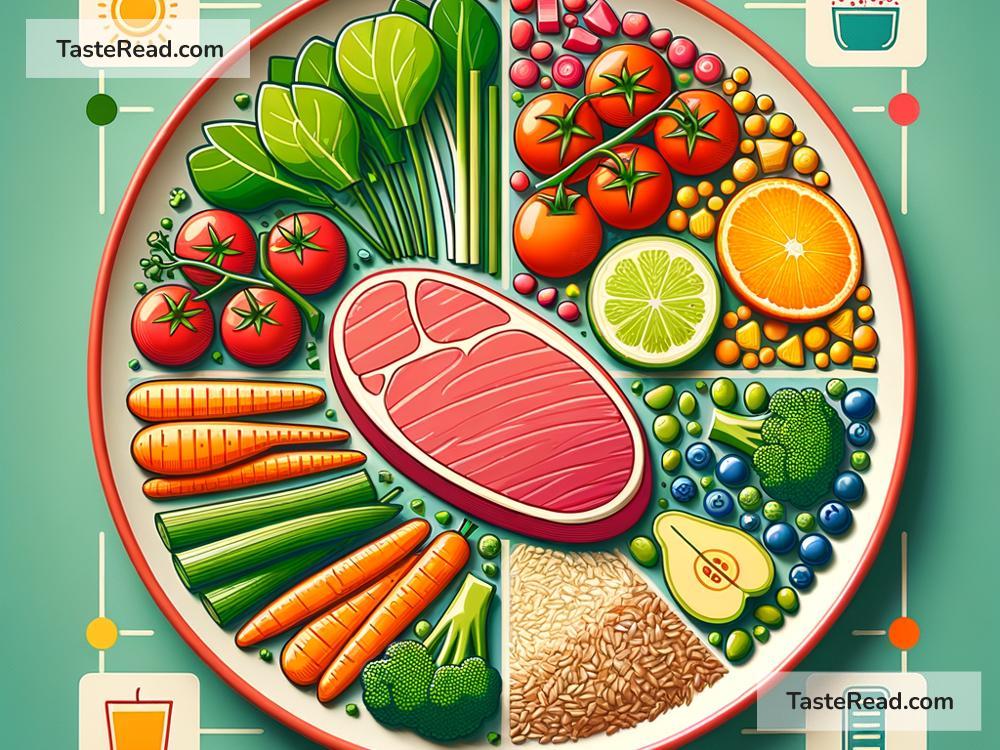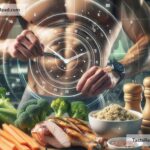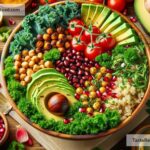The Science of Nutrient Utilization: How Your Body Uses Food to Keep You Healthy
Food is the fuel that keeps our bodies working. But have you ever wondered what happens after you eat? How does the food you consume become energy, repair your tissues, and help you stay healthy? This entire process is known as nutrient utilization, and it’s one of the most fascinating and essential processes in biology.
In simple terms, nutrient utilization is how your body takes the nutrients from food and converts them into usable energy and materials. Let’s break it down step by step to understand how this works and why it’s so important.
What Are Nutrients?
Before we dive into nutrient utilization, let’s define what nutrients are. Nutrients are substances found in food that your body needs to function properly. They can be divided into two main categories:
- Macronutrients: These provide energy and are needed in large amounts. Macronutrients include:
- Carbohydrates (found in bread, rice, fruits, etc.)
- Proteins (found in meat, beans, eggs, etc.)
-
Fats (found in oils, butter, nuts, etc.)
-
Micronutrients: These help your body perform specific functions and are needed in smaller amounts. Micronutrients include:
- Vitamins (like Vitamin C, Vitamin D, etc.)
- Minerals (like calcium, iron, potassium, etc.)
Water is also considered an essential nutrient because it’s vital for survival.
The Journey of Food in Your Body
When you eat food, the journey to nutrient utilization begins. Here’s a simplified version of what happens from the moment you take a bite:
1. Digestion: Breaking Food Down
The first step is digestion, where the food is broken down into smaller pieces. This starts in your mouth, where chewing and saliva work together. Once you swallow, the food travels to your stomach and small intestine, where chemicals called enzymes break it into even smaller molecules.
For example:
– Carbohydrates are broken down into glucose (sugar).
– Proteins are broken down into amino acids.
– Fats are broken down into fatty acids.
2. Absorption: Turning Food Into Nutrients
After digestion, the nutrient molecules move into your bloodstream. This happens mainly in the small intestine, where tiny finger-like projections called villi absorb nutrients into your blood. Once the nutrients enter your bloodstream, they travel to different parts of your body to be used or stored.
For example:
– Glucose is used as a quick source of energy.
– Amino acids repair tissues or help build muscles.
– Fatty acids are stored for later use or help with brain function and hormone production.
3. Metabolism: Using the Nutrients
Once inside your cells, nutrients go through a process called metabolism, where they are converted into energy or other useful substances. The energy produced during metabolism powers all your body’s functions, from breathing to thinking to moving.
Why Is Nutrient Utilization Important?
Understanding nutrient utilization helps us realize why eating the right foods matters and how they impact our overall health. Here are three key reasons why nutrient utilization is so important:
1. Energy Production
Your body needs energy to do everything—from running a marathon to simply blinking. The energy comes from the food you eat. If you don’t eat enough nutrient-rich foods, your body might run out of energy, making you feel tired and sluggish.
2. Growth and Repair
Nutrients are essential for building and repairing tissues. For example, proteins help repair muscles after exercise or an injury. Vitamins and minerals strengthen bones and teeth, and even your blood cells depend on nutrients to work properly.
3. Preventing Illness
Good nutrition can boost your immune system and keep you healthy. For example, Vitamin C helps your body fight off infections. Calcium keeps your bones strong, while iron prevents anemia (a condition where you feel weak due to low red blood cell levels).
How to Eat for Better Nutrient Utilization
Now that we know how nutrient utilization works, you might wonder how to eat in a way that helps your body get the most out of food. Here are some easy tips:
-
Eat a Balanced Diet: Include foods from all groups—fruits, vegetables, proteins, grains, and healthy fats. This ensures you’re getting all the essential nutrients.
-
Avoid Overprocessed Foods: Junk foods or highly processed foods might taste good, but they often lack nutrients and can interrupt your body’s nutrient utilization process.
-
Stay Hydrated: Water is crucial for digestion and metabolism, helping your body break down and transport nutrients.
-
Listen to Your Body: Some people may have trouble absorbing certain nutrients due to allergies or medical conditions (like lactose intolerance). If something doesn’t feel right, consult a doctor.
Final Thoughts
Your body is like a highly skilled factory that works around the clock to process the food you eat and turn it into usable energy and materials. The science of nutrient utilization is what makes this possible. It’s an incredible process that allows us to grow, heal, and thrive.
By eating a variety of nutrient-rich foods and making healthy choices, you can ensure your body gets everything it needs to work effectively. Remember, every bite you take matters—it’s not just about filling your stomach but fueling your body for a healthier, happier life.


